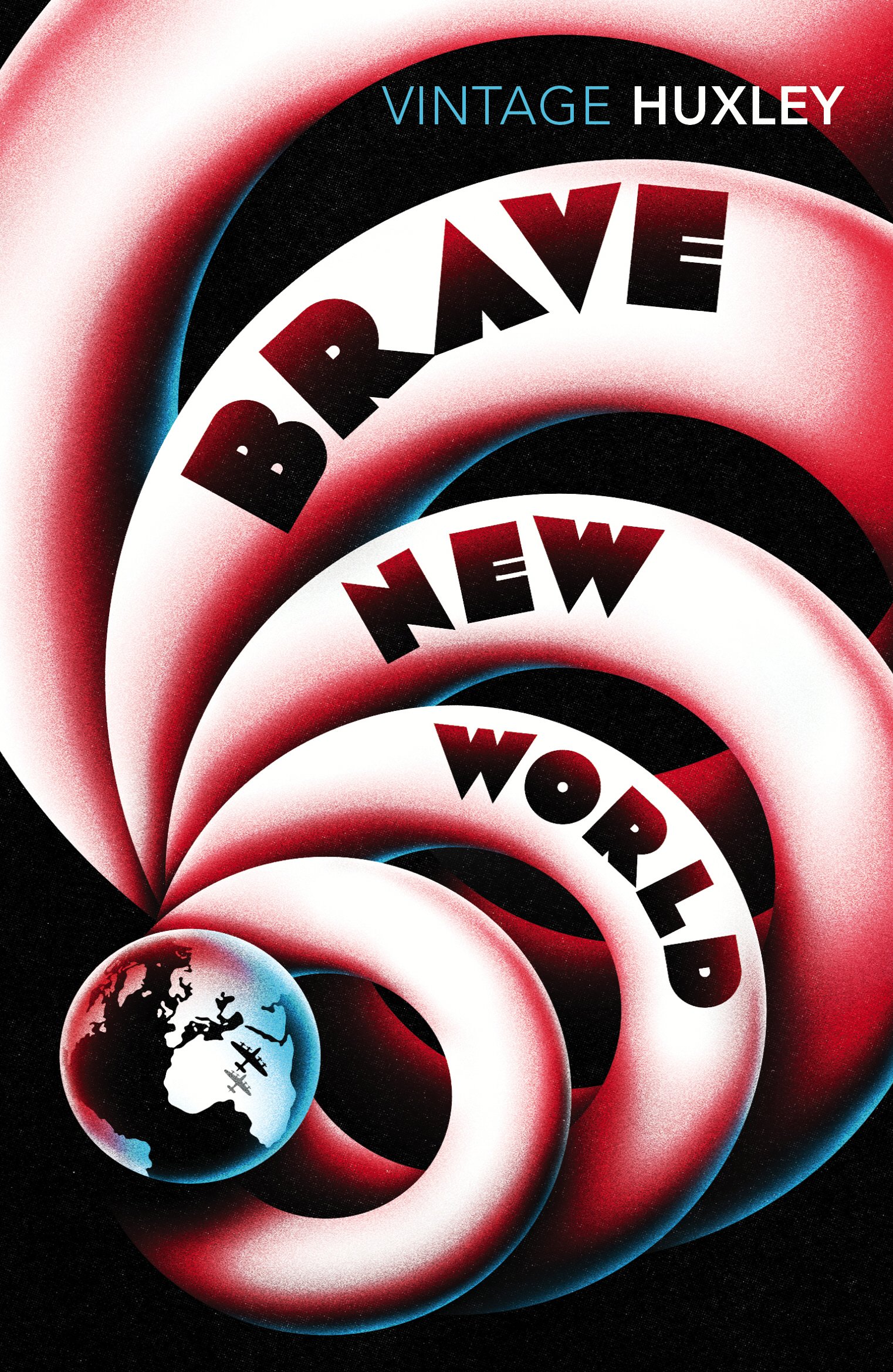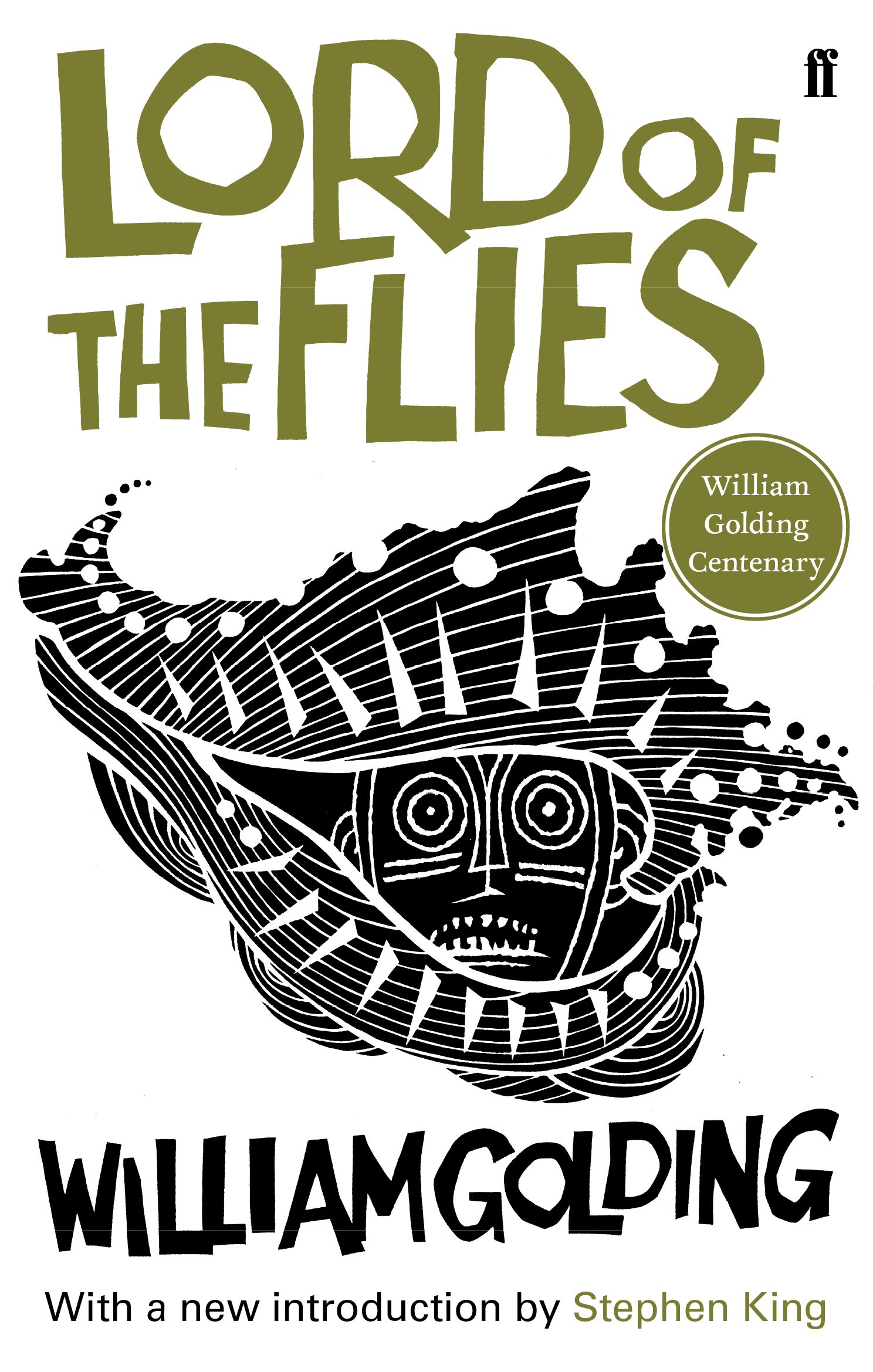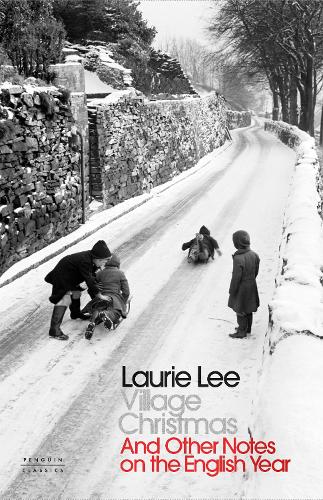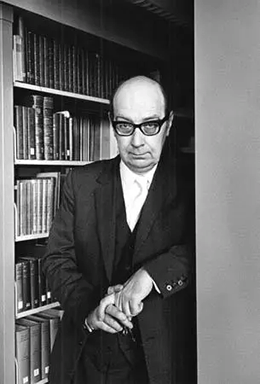Disclaimer: Monsta Reader is affiliated with bookshop.org, and Waterstones. If you should make a purchase through any of the links in this blog, I may earn a small commission from one of these sellers. However, this does not affect the cost to the consumer, and it does not influence the content of this blog.
1. Native Son by Richard Wright
This novel is the reason I decided to make protest novels the subject of this blog piece.
This novel was written as a protest, and was first published in 1940. It made its author, Richard Wright, the first Black best-selling author in America.
In Native Son, we follow the protagonist, Bigger Thomas, a young Black man who is trapped in poverty and the slums of Chicago. This is a novel that shocked readers at the time, and still has the power to do so today.
You can purchase Native Son by Richard Wright here.
2. The Color Purple by Alice Walker
A classic. Winner of the Pulitzer Prize and a National Book Award.
Set in the deep American South between the wars, this epistolary tale brings us into the world of Celie, a young Black girl born into poverty and segregation. She meets Shug Avery, singer and magic-maker - a woman who has taken charge of her own destiny.
You can purchase The Color Purple by Alice Walker here.
3. Brave New World by Aldous Huxley
Another classic, and one that still has the power to provoke thought and shock the reader.
World Controllers have created the ideal society. But Bernard Marx feels alone, harbouring a vague desire to break free.
It is hard to read this book and not draw parallels between what lies within and our own world . . .
You can purchase Brave New World by Aldous Huxley here.
4. Lord of the Flies by William Golding
If you've read this novel, you know its power.
This book was published sixty-eight years ago, in 1954.
A group of schoolboys are deserted, stranded, on an island after a plane crash, and they await rescue. This tale is a warning of what comes when order fades, of how, when rules of society are abandoned, something cruel and savage can take their place.
You can purchase Lord of the Flies by William Golding here.
5. Noughts and Crosses by Malorie Blackman
Callum is a nought.
Sephy is a Cross.
In their world, noughts and Crosses do not mix. But Callum and Sephy are determined to be together.
This is a novel that will absorb you.
You can purchase Noughts and Crosses by Malorie Blackman here.
Thank you for reading. I am passionate about books and hope that my pieces reflect that. That passion is why I share this content with you. If you can, please consider supporting me with a coffee on ko-fi.com - the caffeine keeps me reading, reviewing, and writing! Thank you to every supporter and reader!









